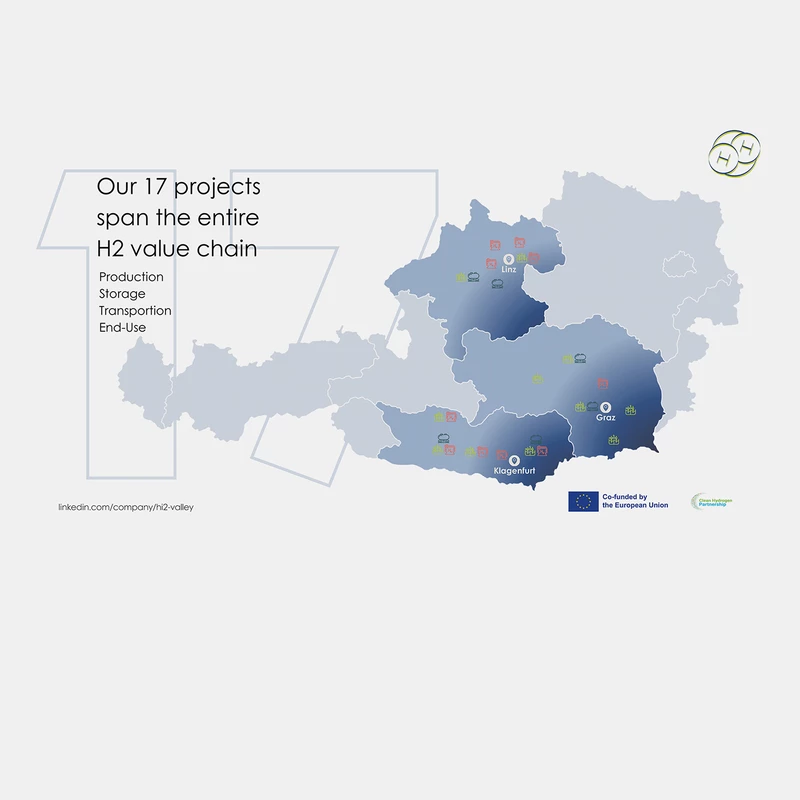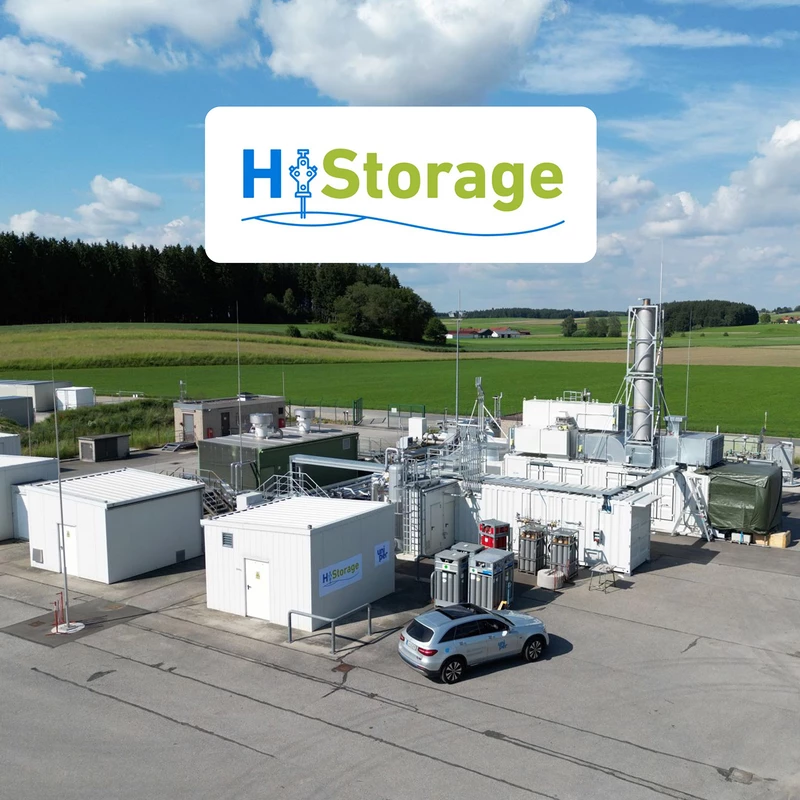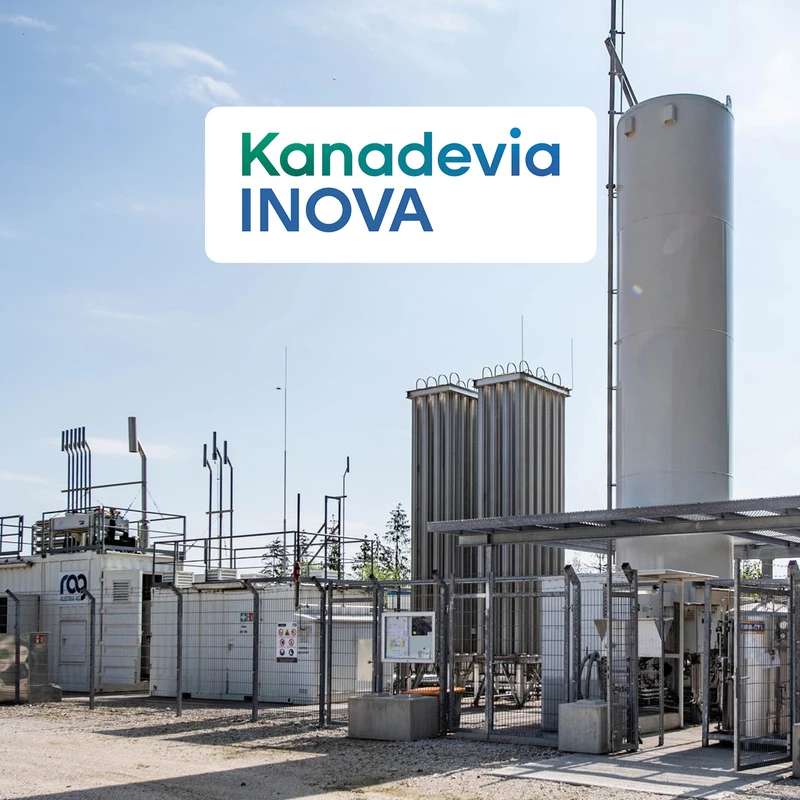Working together for a green energy future
RAG has a long track record of collaborating closely with major science and industry partners to develop new technologies that will make it possible to efficiently store and utilise large volumes of renewable energy. This includes projects for seasonal hydrogen storage, development of a range of technologies related to green gas, and innovations in transport.
![[Translate to English:] [Translate to English:]](/fileadmin/_processed_/1/f/csm_header-RAG_ULTC-Anlage_0193RAG_Speichertour20_KarinLohbergerPhotography-edit_fd0ae86a70.webp)




